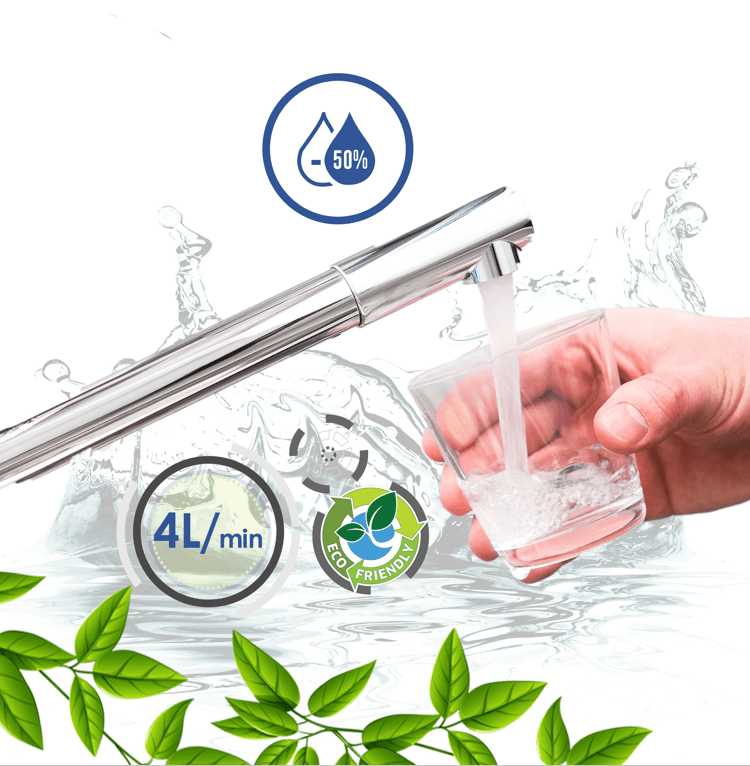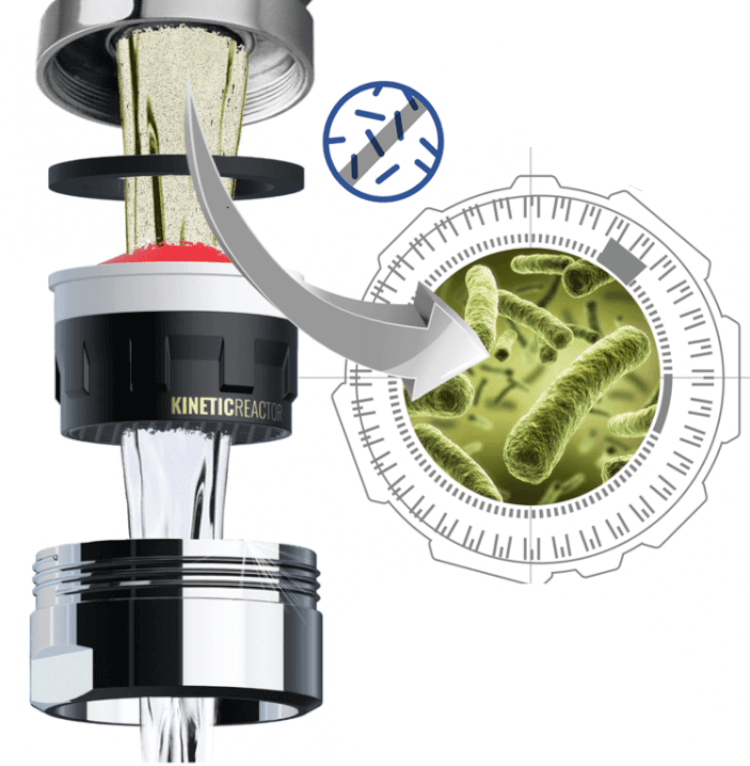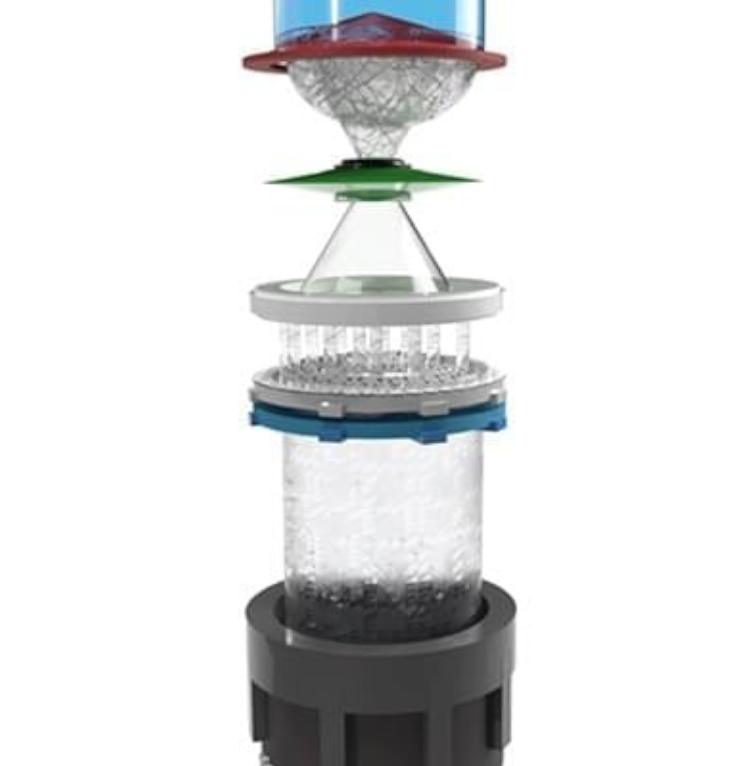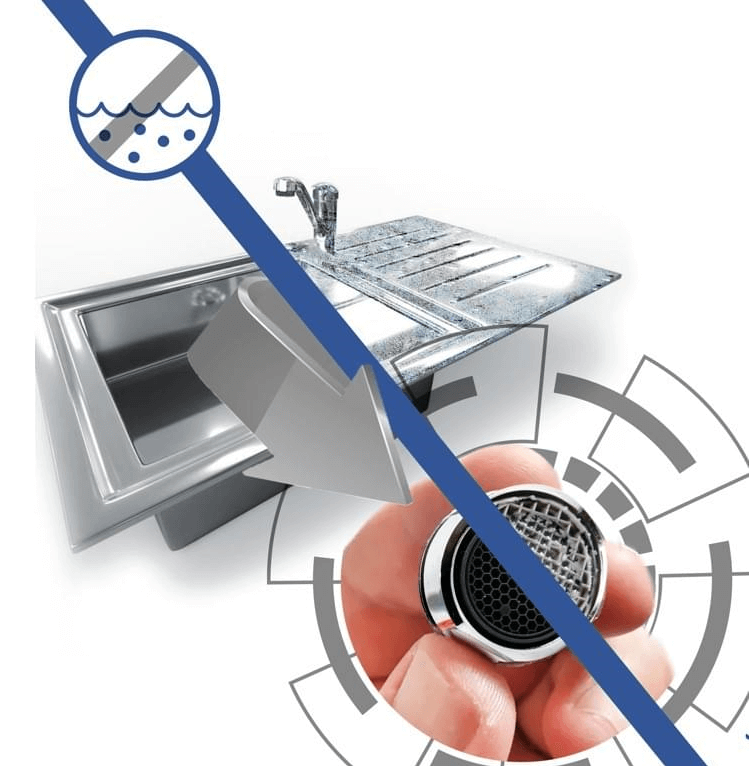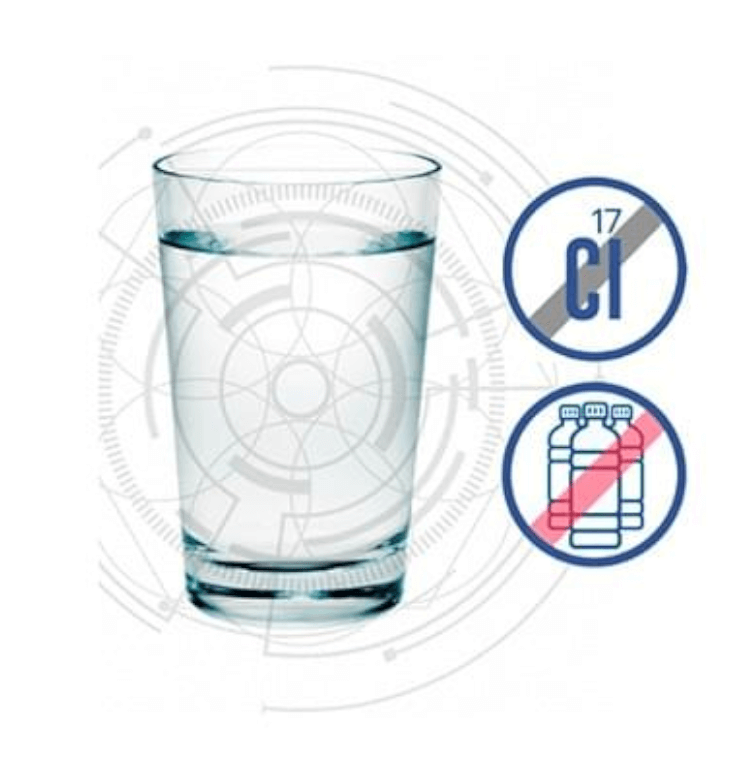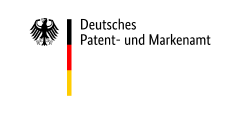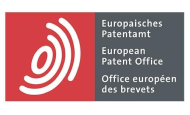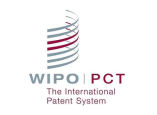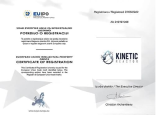HOW IT WORKS
THE WATER PURIFICATION PROCESS CONSISTS OF 5 STAGES
Kinetic technology and its product, kinetic reactor, are the result of six years experimental work and research and development verifications based on a more than twenty years of experiance working with water. We have developed unique patented water treatment technology based on the exploitation of the phenomena of hydrodynamic cavitation, mechanical shear stress of jet streams and oxidation processes. KINETIC REACTOR technology is already present in several countries on different continents.
